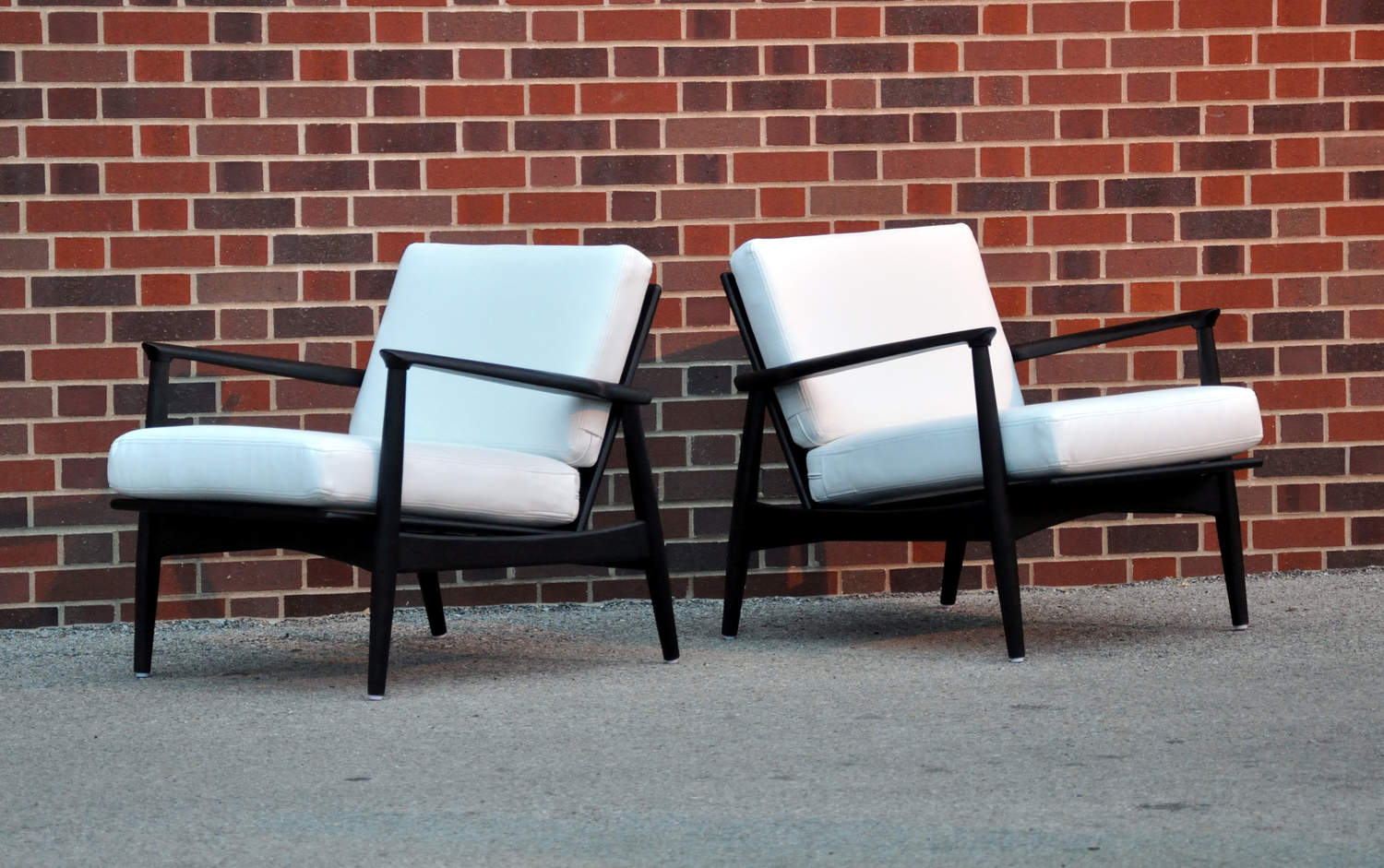Primer for ML Campbell's Maganamax
Hello, I am thinking of spraying a pair 60's walnut dressers. At this point all checks filled and pieces sanded to 220. I'll use Turbinaire hvlp. First I'd like to spray w ML black microton (to minimize and make future dings easily corrected) and than I'd like to prime with BLANK?? , sand, reprime with BLANK?? and then finish with ML Campbell's Maganamax in black. I'm looking to achieve a high gloss black lacquer finish. I do not want to see any grain - so please someone tell me what the BLANK primer should be ?? Fill in the blank for me -thanks !! I am tired of paying the local body shop to do this custom work for me! I'm looking for "that easy perfect formula" that I can repeat over and over with different colors down the road. Can somebody please suggest a heavy bodied primer to use before the application of ML Campbell's Maganamax
Happy to see
this up again. First, why does Heath tell us that an ink-and-wax finish would be easy to repair ? Wouldn't the wax inhibit removal or addition of further ink ?
I wish I knew more, to be of some use. I've worked with people who used Mohawk materials, but I never took the trouble to learn their methods. I know enough about spraying to know that it's not a fool-proof technique. Too little material = dry finish. Too much = sags. But it's fun when it's done right.
"Piano Finish"
Yes, there are specialists, and, sometimes, they are worth it.
The minor repair necessary for the damage illustrated in the photo above can be effected by gluing down the chip with carefully applied cyanoacrylate and proper clamping with blue painter's tape. If there are no noticeable losses, a little sanding with the appropriate grits of "wet or dry" papers followed by a careful waxing should disguise the repair enough to fool all but the closest inspection.
There is usually sufficient thickness of the lacquer layer on production pieces to tolerate this approach. If not, a "piano finish" repair specialist will earn his/her keep.
Right on.
One might add, that if the chip cannot be readily pressed, dry, into the divot from which it came, so that the surfaces are *flush*, then gluing will be futile until material has been removed from the surfaces of the split material -- loose or torn fibers, grit, etc. Torn wood is often difficult to compress completely, without the removal of some excess.
I've been away of late so hav...
I've been away of late so have hardly been through any threads, there are heaps of automotive dewaxers/greasers available, It'd be no great shakes to get the wax off that way and then lightly sand if necessary and re ink it and wax again but I doubt that would be necessary for all but the worst gouges, tinted black wax is also available.
I did have some good luck a few years ago getting a piano like finish by spraying car clear coat over acrylic paint, it looked damn fine but the clean up and solvents weren't pleasant.
Also tried the vinegar and iron filings a few weeks ago, was pretty good on high tanin stuff but raised the grain a bit and stank to high heaven, I think it was sulphur dioxide...don't leave the lid on tight.
and on a side note I've recen...
and on a side note I've recently found that a good metal finish is to coat with penterol, let dry then coat with equal parts boiled linseed oil, mineral spirits and pentetrol, its not the hardiest but just another coat wiped on and any scratches just disappear, this was for the aluminium sides on my pickup.
I'm bumping this thread because I just tried my first ebonizing... went with India Ink, but I must have gotten the wrong kind? It was much too thick, almost like paint after a couple coats. Ended up wiping it all off and using Fiebings Leather Dye... definitely wish I'd used it to begin with. Alcohol-based, really dark. Still able to make out the grain up close. Picked it up at a leather shoe shop. Used one four ounce bottle for both of these chairs. Thanks for the inspiration!


Very nice!
I have used several brands of India ink, the most recent being Speedball permanent that is in an 8 oz bottle and it defiinitely went on thicker than the other brands. The brand you used sounds even more thick than that. Interesting.
I wonder if the leather dye is just aniline dye..?? Did lap marks show? I've used alcohol-soluable aniline dye on wood with nice results (not black, though) but it was nerve wracking to do because lap marks showed and could not be wiped off, not even a second later.
ETA: I also recently had a professional put a black lacquer finish on a chair of mine. It was available in black lacquer so I didn't want to just ink it black. I must say, it was worth every cent I paid for that finish! It's gorgeous.
It behaved a lot like aniline dye, spanky. I didn't have lap marks, though. In the past when I have dyed wood, I have sprayed it and then hit it with a wet rag. But I have used water-soluble dyes, not alcohol. It was kinda annoying, because the alcohol in the dye would start gumming up the faint residue of leftover India Ink, and I would have to work fast. I sealed it with Waterlox. We'll see how that holds up. I might try these dyes again in the future... I feel like you could dilute them in half and still have a strong solution.
Here's a very unique presentation of laquer repair:
http://wp.me/p4Fnp2-82
All of the details are there, plus pictures and a video.


If you need any help, please contact us at – info@designaddict.com









